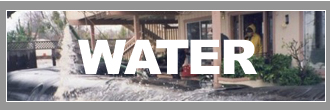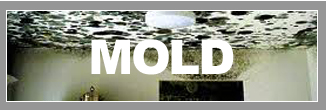Summit Restoration has extensive knowledge and experience from our background in water, fire and smoke restoration. Odor control can be tough but our experience and training allows us to be confident that we can get the job done. Give us a call today and we will send a qualified technician to your property to come up with an appropriate plan to eliminate your odor problem.
There are two types of odors:
- The real odor – the pure sensation of smell
- Psychological odors or heightened awareness odors — odors that people think they smell based on previous experience, suggestions and past impressions. Often this is the most difficult to remove.
How is odor transmitted?
- By humidity – lower humidity, lower odor
- Temperature and evaporation – heat expands and releases more volatile organic compounds
- Penetration of odors into surfaces and fabrics.
The health benefits of odor control are reduced anxiety, better productivity, a better sense of well being and the removal of potentially harmful contamination.
Nature’s deodorization techniques include heat, light, air movement and ozone gas.
The processes of Odor Control are:
Masking: Disguising an odor with a more pleasant odor is usually temporary.
Pairing: A chemical is combined with the malodor molecule or substance and then gives it some of its own chemical properties, which transforms the odor’s chemistry into a new non-odorous compound.
Modification: A chemical changes the molecular structure of the odor molecule eliminating its ability to produce the odor.
Ozone: An Ozone Generator is an electrically powered device utilized to produce an oxidizing odor control gas on location.
Chemical Oxidizing: May be applied on location of area that needs the odor care.
Basic principles of Odor Control are:
- Eliminate the source
- Clean the contaminated area
- Recreate the conditions of contamination that caused the odor, using a deodorizing fog or gas. It may be necessary to seal the source that was exposed to the contamination











